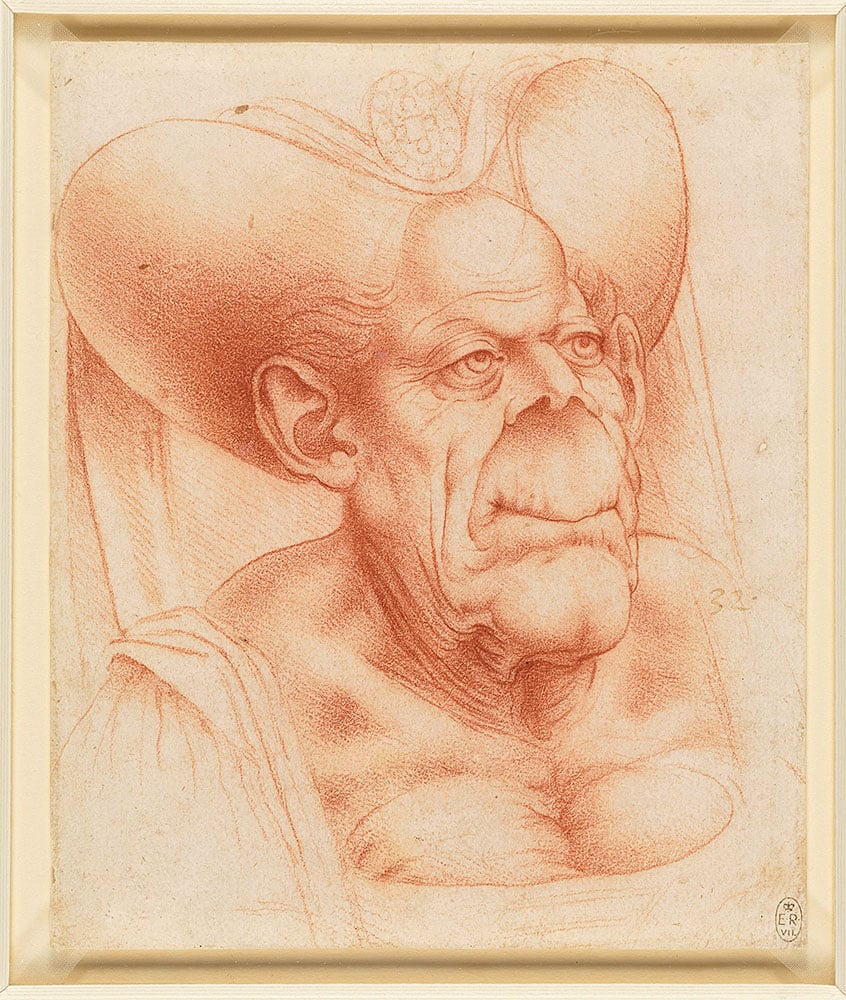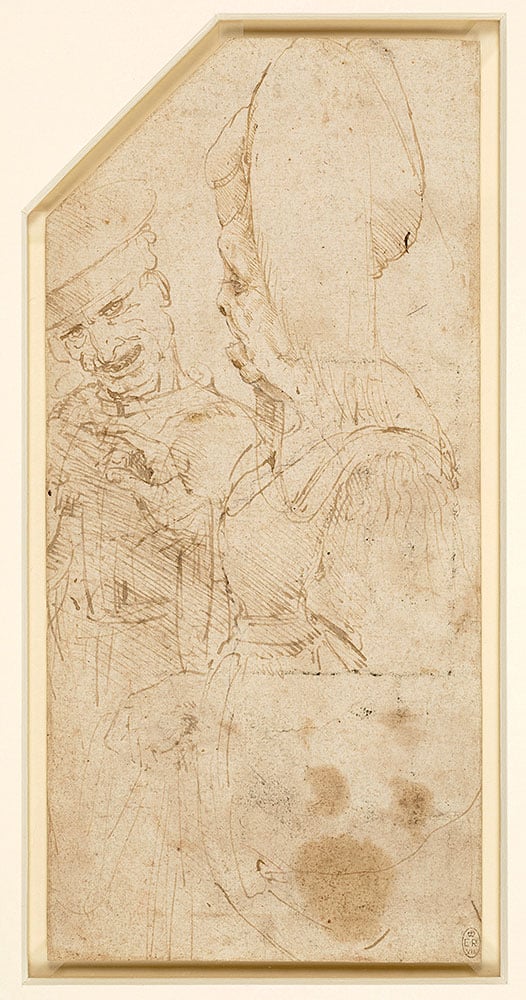A new exhibition at the National Gallery in London looks back at the mystifying 1513 painting by Flemish artist Quinten Massys an old womanpopularly known as The Ugly Duchess.
According to a statement in the exhibition catalog, the figure of the 16th-century work “defies all traditional canons of beauty”. He describes “an elderly woman with lively eyes sunken deep in their sockets, a snub nose, wide nostrils, spotty skin, a hairy mole, a domed forehead, and a prominent square chin.”
But not everyone agrees. In “The Ugly Duchess: Beauty and Satire in the Renaissance(on view from March 16 to June 11), curator Emma Capron pleads for a different reading of the enigmatic work. The leading expert on Renaissance art argues that the old woman is not a woman at all.
“She’s most likely a him, a transvestite as a gender game,” Capron said. THE Guardian. “We know that Massys was very interested in carnivals, where men pretended to be women.” Indeed, note the mention in the catalog, a dance festival known as moresque– in which a wanted young woman was “often played by a transvestite man” – was popular in northern Europe at the time.

Francesco Melzi, after Leonardo, The bust of a grotesque old woman (1510-20). The Royal Collection / HM King Charles III Royal Collection Trust / © His Majesty King Charles III 2023. Courtesy National Gallery, London.
The work has been on display at the National Gallery for over 80 years, where it is one of the museum’s “best known faces”. Informally it is called The Ugly Duchess as it served as the inspiration for Sir John Tenniel’s illustrations of the Mercurial Duchess in Lewis Carroll Alice’s Adventures in Wonderlandthe 1865 children’s classic.
Over the years, medical experts have argued that the subject suffered from Paget’s disease, in which the bones become weak and eventually disfigured. But Capron takes a different view. “It’s not Paget’s,” she said, “nor any of the other suggestions like dwarfism or elephantiasis.” Instead, “[Massys’s] the images, sometimes grotesque, sometimes simply whimsical and satirical, are partly metaphors for the social disorder of the time,” explains Capron. He’s also “just having fun”.
Additionally, the exhibit claims that a drawing attributed to Leonardo da Vinci’s main assistant, Francesco Melzi, called The bust of an old grotesque Womenwas the base of Massys an old woman. The image of Melzi, on loan from the Royal Collection, is believed to be a copy of a lost original by Da Vinci. Familiar with the exaggerated physiognomic types popularized by Da Vinci, Massys adapted the woman’s face from one of the Italian master’s own caricatures.

Leonardo DeVinci, A satire on aged lovers (around 1490). The Royal Collection / HM King Charles III Royal Collection Trust / © His Majesty King Charles III 2023. Courtesy National Gallery, London.
There is another piece to the puzzle. an old woman part of a pair of paintings by Massys; the accompanying piece is An old man. They are gathered in the exhibition. However, the woman is on the left, whereas in most Renaissance paintings their positions would have been reversed. Jhe woman is also holding a rosebud, a flower with a sexual connotation, as a sign of love. Again, the roles are reversed. The gesture went unrewarded as the man raised his hand, seemingly rejecting the romance she is offering.
It “may be another clue that an old woman is a man dressed as a woman,” Capron noted.
More trending stories:
Follow Artnet News on Facebook:
Want to stay one step ahead of the art world? Subscribe to our newsletter to receive breaking news, revealing interviews and incisive reviews that move the conversation forward.
